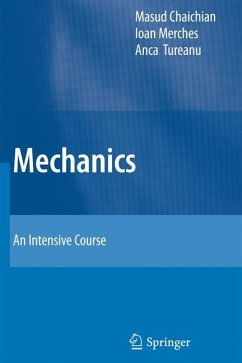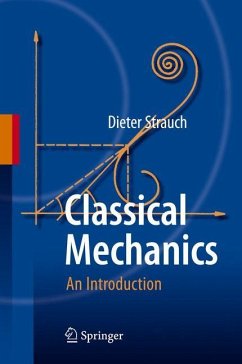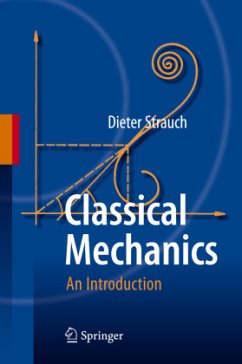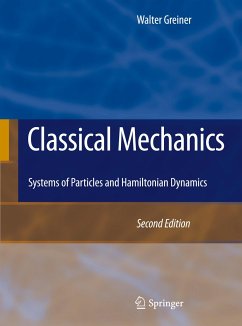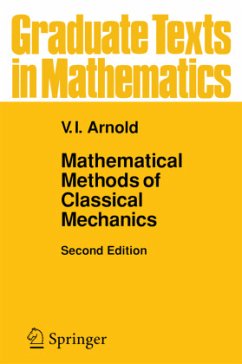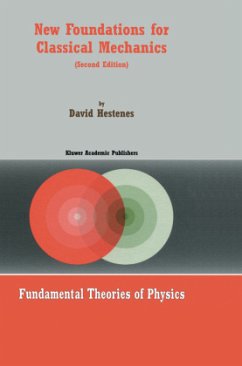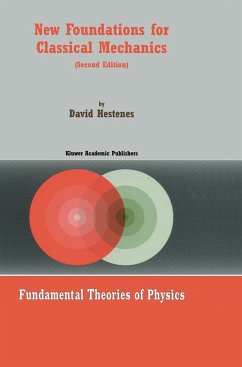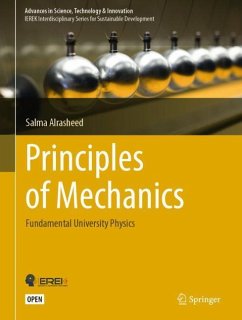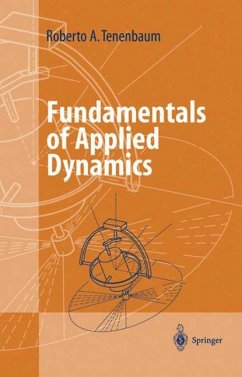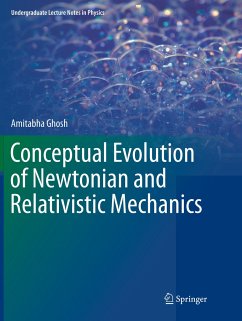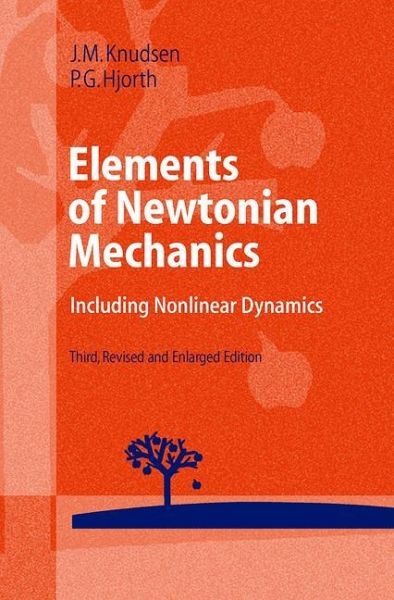
Elements of Newtonian Mechanics
Including Nonlinear Dynamics

PAYBACK Punkte
25 °P sammeln!
In the third edition a number of minor misprints that appeared in the second edition have have been corrected. Furthermore, 17 new problems have been added, at the end of chapters 6, 8, 9, 11, 12, 13, and 14. The answers to these 17 problems have not been listed in the 'Answers' section at the end of the book. This will permit the problems to be used as hand-in problems or perhaps in mid-term exams. JMK EUR9 PGH Copenhagen May 2000 Preface to the Second Edition In the second edition, a number of misprints that appeared in the first edition have been corrected. In addition to this, we have made...
In the third edition a number of minor misprints that appeared in the second edition have have been corrected. Furthermore, 17 new problems have been added, at the end of chapters 6, 8, 9, 11, 12, 13, and 14. The answers to these 17 problems have not been listed in the 'Answers' section at the end of the book. This will permit the problems to be used as hand-in problems or perhaps in mid-term exams. JMK EUR9 PGH Copenhagen May 2000 Preface to the Second Edition In the second edition, a number of misprints that appeared in the first edition have been corrected. In addition to this, we have made improvements based on the experience gathered in the use of the first English edition of the book in the introductory course in physics at the University of Copenhagen. A chapter introducing nonlinear dynamics has been added. The purpose of this chapter is to provide supplementary reading for the students who are interested in this area of active research, where Newtonian mechanics plays anessential role. The students who wish to dig deeper, should consult texts dedicated to the study of nonlinear dynamical systems and chaos. The literature list at the end of this book contains several references for the topic.





